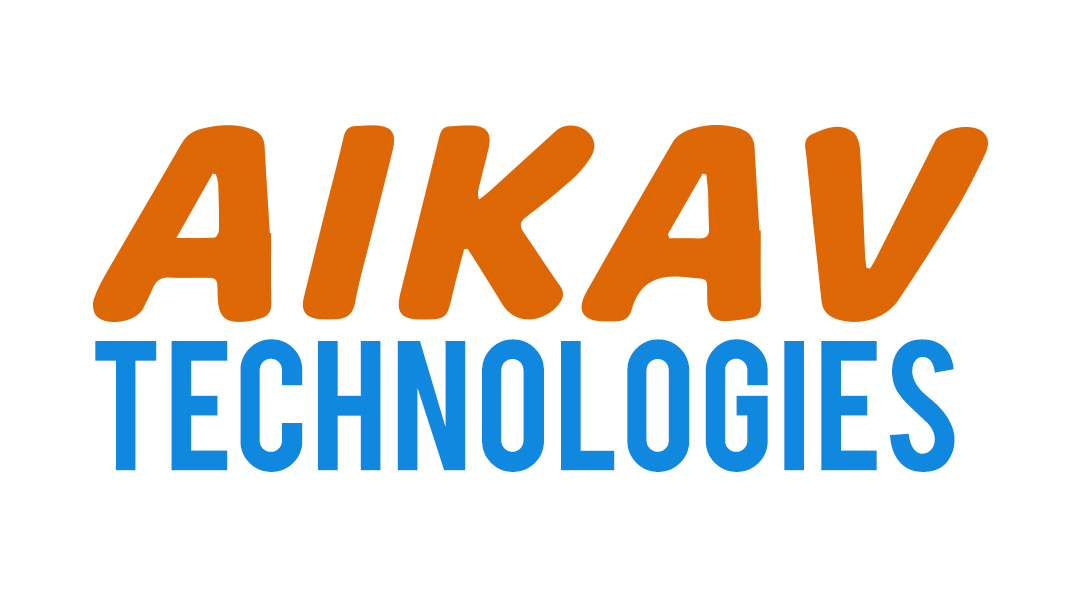
Laravel has become one of the most popular PHP frameworks for building modern, scalable, and secure web applications. With the release of Laravel 11, developers now get an even cleaner and faster framework with updated features, simplified configuration, and improved performance.
If you’re new to Laravel or just starting with version 11, this guide will walk you through everything you need to know to get started.
🚀 Why Choose Laravel 11?
Laravel stands out because it combines simplicity with power. Whether you are building a small blog or a large enterprise application, Laravel makes development smoother.
Some key reasons to use Laravel 11:
Cleaner Project Structure – Less boilerplate code.
Improved Performance – Optimized framework core.
Modern PHP Features – Uses the latest PHP 8+ capabilities.
Security First – Built-in CSRF protection, hashing, and more.
Great Ecosystem – Tools like Laravel Breeze, Livewire, and Horizon.
🛠️ Step 1: System Requirements
Before installing Laravel 11, make sure your system meets the following requirements:
PHP 8.2 or higher
Composer (PHP dependency manager)
Database (MySQL, PostgreSQL, SQLite, or SQL Server)
Web server (Apache or Nginx)
📦 Step 2: Installing Laravel 11
There are multiple ways to create a new Laravel project. The easiest is through Composer:
Or, if you have the Laravel installer:
Once installed, navigate into your project:
Run the development server:
Now visit http://localhost:8000 in your browser, and you’ll see the Laravel welcome page 🎉.
📂 Step 3: Understanding the Folder Structure
Laravel’s folder structure is designed to keep your code organized:
app/ → Contains your application’s core logic.
routes/ → Defines application routes (web.php, api.php).
resources/ → Blade templates, CSS, JS files.
database/ → Migrations, factories, and seeders.
config/ → Configuration files.
🖊️ Step 4: Creating Your First Route & Controller
Let’s add a simple route. Open routes/web.php and add:
Visit http://localhost:8000/hello and you’ll see the message.
To create a controller:
Inside the controller (app/Http/Controllers/HelloController.php):
Update the route:
Create a Blade view file resources/views/hello.blade.php:
🗄️ Step 5: Working with Database
Set up your database credentials in .env file:
Run migrations to create default tables:
🎯 Step 6: Next Steps
Congratulations 🎉 you’ve just set up your first Laravel 11 project! From here, you can explore:
Authentication with Laravel Breeze or Jetstream.
Blade Templates for frontend design.
Eloquent ORM for database queries.
APIs with Laravel Sanctum or Passport.
Testing with PHPUnit or Pest.
✅ Conclusion
Laravel 11 makes web development faster, cleaner, and more enjoyable. Whether you’re a beginner or an experienced developer, this framework provides everything you need to build robust applications.
Start small—experiment with routes, controllers, and Blade templates. Then gradually move towards authentication, APIs, and real-world projects.
👉 Ready to build your first app with Laravel 11? Start today and experience the simplicity and power of modern PHP development.
